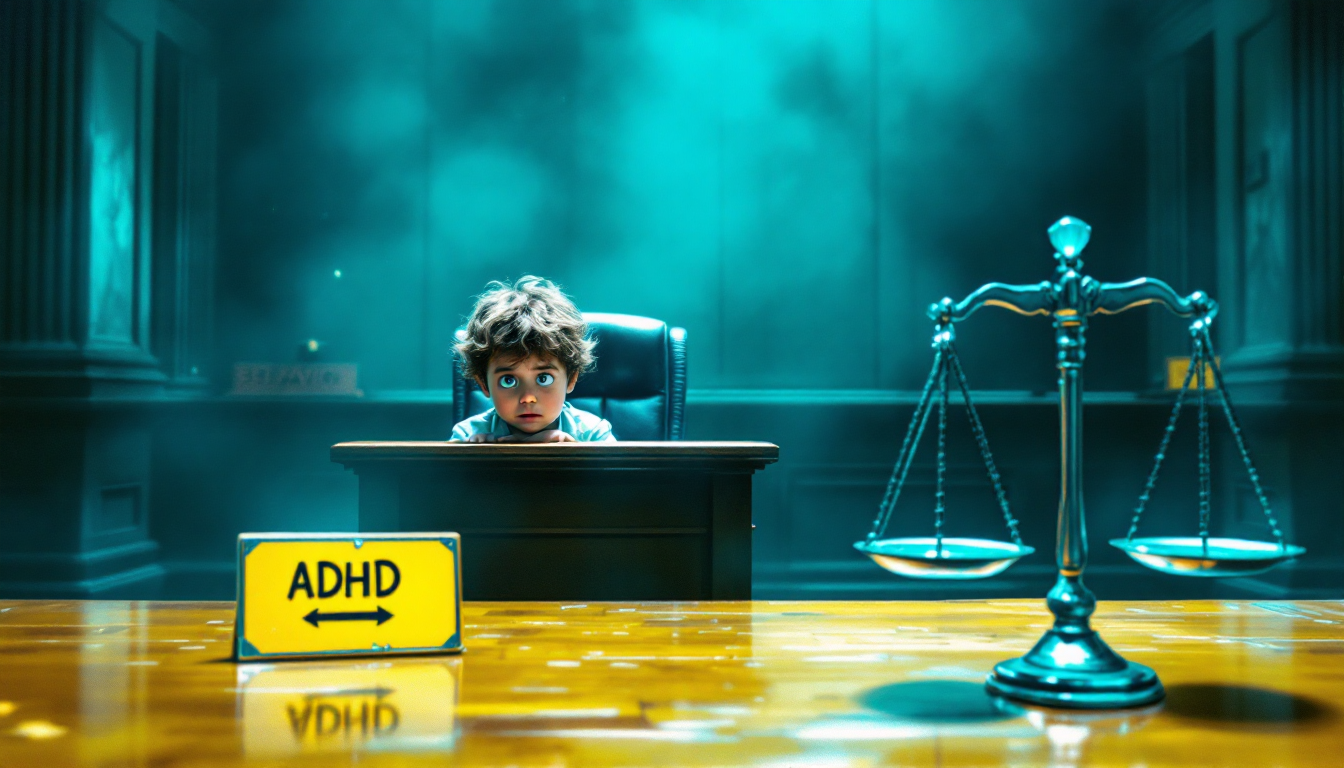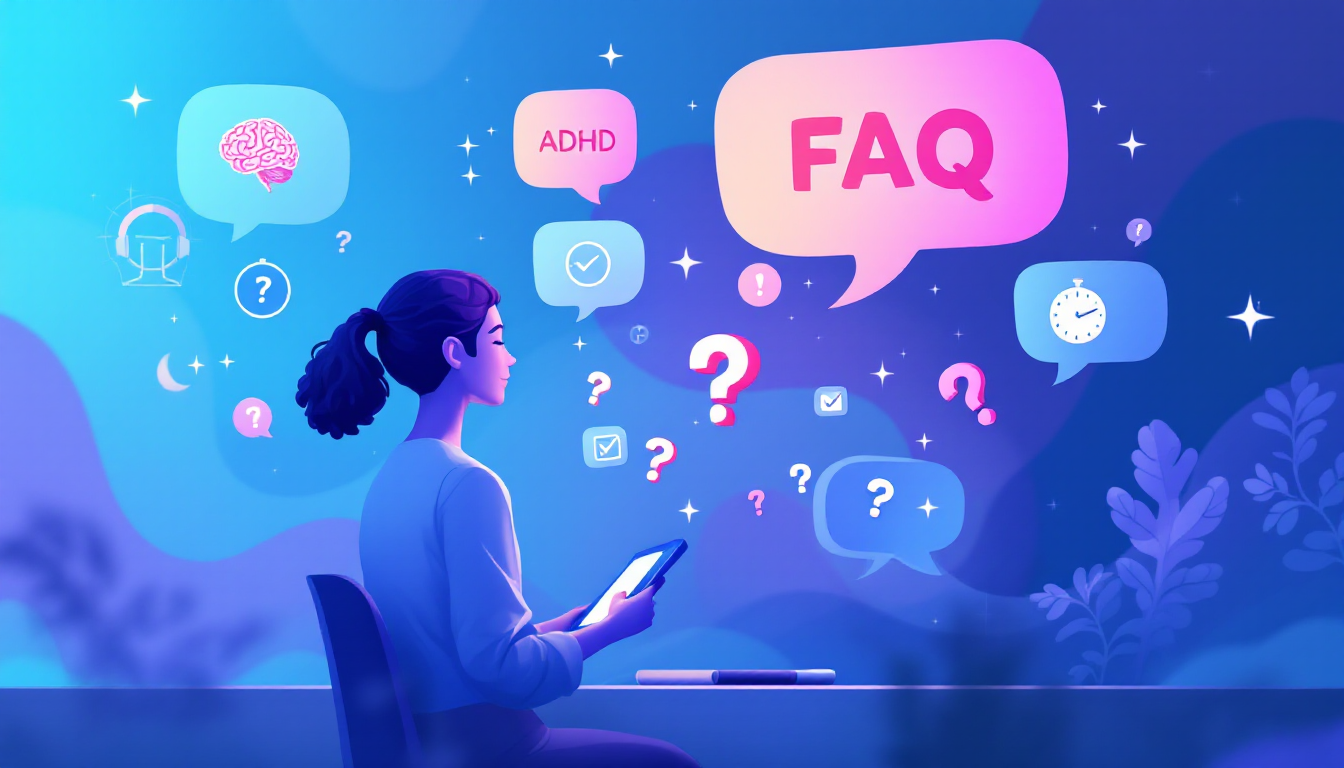Is Executive Dysfunction a Symptom of ADHD? The Core Challenge

Attention-Deficit/Hyperactivity Disorder (ADHD) is a neurodevelopmental disorder that affects millions of children and adults worldwide. While commonly associated with hyperactivity and inattention, a less-discussed but equally significant aspect of ADHD is its impact on executive functions. This leads to a crucial question many parents and adults ask: Is executive dysfunction a symptom of ADHD? The answer is a definitive yes, and understanding this connection is the first step toward effective management.
What Is Executive Dysfunction?
In simple terms, executive functions are a set of mental skills that act as the ‘management system’ of your brain. They help you plan, organize, remember things, prioritize, pay attention, and get started on tasks. When these functions are impaired, it's known as executive dysfunction. This isn’t a formal diagnosis on its own but rather a key component of other conditions, most notably ADHD.
These crucial processes include:
- Working Memory: The ability to hold information in your mind and use it.
- Cognitive Flexibility (or Flexible Thinking): The ability to adapt your thinking and switch between different concepts.
- Inhibitory Control (including Self-Control): The ability to resist impulses and think before acting.
- Planning and Prioritization: The ability to set goals and create steps to achieve them.
- Task Initiation: The ability to start tasks without procrastination.
- Organization: The ability to keep track of information and materials.
- Time Management: The ability to perceive time and manage it effectively.
- Emotional Control: The ability to manage feelings and maintain an even emotional keel.
How Executive Dysfunction Relates to ADHD
The link between ADHD and executive dysfunction is well-established in scientific research and clinical practice. The parts of the brain responsible for executive functions, primarily the prefrontal cortex, often show differences in individuals with ADHD.
The Diagnostic and Statistical Manual of Mental Disorders (DSM-5), the standard classification used by mental health professionals, outlines symptoms of inattention and hyperactivity-impulsivity that directly map onto deficits in executive functioning. For example, "often has difficulty organizing tasks and activities" is a classic sign of executive dysfunction.
While all individuals with ADHD experience some degree of executive functioning challenges, the presentation can vary:
Predominantly Inattentive Presentation: Individuals with this subtype often struggle significantly with task initiation, organization, time management, and working memory.
Predominantly Hyperactive-Impulsive Presentation: Challenges with inhibitory control and emotional regulation are more prominent here.
Combined Presentation: As the name suggests, individuals with a combined presentation experience a mix of symptoms from both categories.
Symptoms of Executive Dysfunction in ADHD
The signs of executive dysfunction can manifest differently in children and adults.
In Children and Teens:
-
Difficulty starting homework or chores
-
Losing or forgetting things frequently (e.g., assignments, lunchboxes)
-
A messy bedroom or backpack, no matter how often it’s cleaned
-
Trouble following multi-step instructions
-
Outbursts of frustration over minor issues
-
Poor sense of time, often running late
Forgetting what they just read or were told
In Adults:
-
Chronic procrastination at work or home
-
Difficulty meeting deadlines or managing long-term projects
-
Cluttered living and workspaces
-
Trouble managing finances (e.g., forgetting to pay bills)
-
"Time blindness" – consistently underestimating how long tasks will take
-
Impulsive decision-making (e.g., spending, career choices)
-
Difficulty regulating emotions, leading to frustration or mood swings
-
Struggling to listen in conversations or meetings without zoning out
Why Executive Dysfunction Is Often Overlooked in ADHD Diagnoses

Historically, the focus of ADHD diagnosis, particularly in children, was on observable behaviors like hyperactivity and disruptive conduct. The internal struggles of planning, organizing, and emotional regulation were harder to see and therefore often missed. Furthermore, many people, including educators and some clinicians, may mistakenly attribute these challenges to laziness, a lack of willpower, or a character flaw rather than a core feature of a neurodevelopmental disorder.
Managing Executive Dysfunction in ADHD
The good news is that executive dysfunction can be managed with the right strategies and support. A multi-faceted approach is often most effective.
-
Behavioral Therapy: Cognitive Behavioral Therapy (CBT) is particularly effective in helping individuals with ADHD develop practical skills to overcome executive functioning deficits.
-
ADHD Coaching: An ADHD coach can provide personalized strategies and accountability for everything from time management to organization. For parents, learning how to support your child's developing executive functions is key.
-
Medication: Stimulant and non-stimulant medications for ADHD can significantly improve executive functions by helping the brain’s management system work more effectively.
-
Time Management Tools: Using tools like planners, calendars, and timers can externalize executive functions. The Pomodoro Technique can be particularly helpful for task initiation.
-
ADHD-Specific Apps: Technology can be a powerful ally. Apps designed for focus, organization, and routine-building can make a huge difference. Explore the Top 7 ADHD Apps for Kids for great options.
-
Creating Structure: Building strong routines helps automate daily tasks, reducing the mental effort required. Learn more about How Routines Help Children with ADHD.
Conclusion: A Core Symptom, Not a Moral Failing
To reiterate the central message: Executive dysfunction is a core symptom of ADHD for many individuals. It is not a sign of laziness or a lack of intelligence. Recognizing these challenges as a fundamental part of ADHD is the first step toward finding compassion for yourself or your child and seeking the right support.
Ready to build better routines, manage emotional dysregulation, and improve focus? The Bonding Health App provides a personalized, step-by-step plan to support parents of children with ADHD.
Download the Bonding Health App Today!
Frequently Asked Questions (FAQs)

Is executive dysfunction the same as ADHD?
No, they are not the same. Executive dysfunction is a key feature of ADHD, but it is not the disorder itself. Think of executive dysfunction as a primary symptom that causes many of the challenges associated with ADHD.
Can executive dysfunction occur without ADHD?
Yes. Executive dysfunction can also be a feature of other conditions, including autism spectrum disorder, traumatic brain injury, depression, and anxiety.
How do you treat executive dysfunction in ADHD?
Treatment is comprehensive and often includes a combination of medication, behavioral therapy (like CBT), ADHD coaching, and the use of organizational tools and strategies. For more ideas, explore our guide on ADHD Medication Alternatives.


